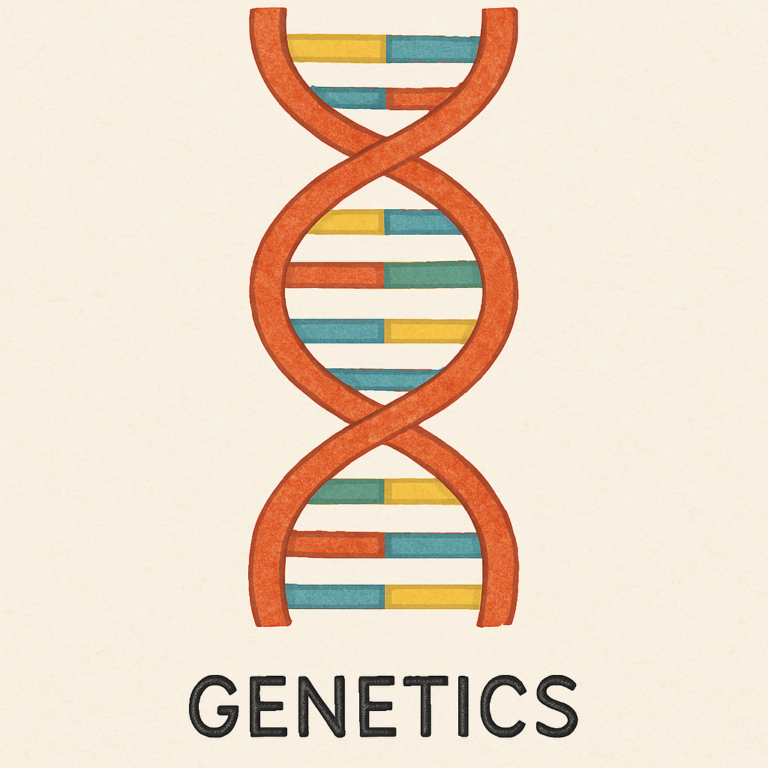Introduction
Achondroplasia, a form of short-limbed dwarfism, is the most common genetic disorder affecting skeletal growth. This condition occurs in approximately one in every 15,000 to 40,000 newborns, impacting both males and females equally, and is seen in all ethnic groups (Pauli, 2019). This article will provide an in-depth understanding of achondroplasia, its causes, symptoms, diagnosis, and potential treatments, with a special focus on its genetic aspect.
Genetic Cause of Achondroplasia
Achondroplasia is primarily caused by mutations in the fibroblast growth factor receptor 3 (FGFR3) gene, as reported in numerous studies (Shiang et al., 1994). This gene is responsible for encoding a protein that regulates bone growth. The mutation results in an overactive FGFR3 protein, which inhibits the conversion of cartilage into bone, particularly in the long bones of the arms and legs. It’s noteworthy that about 80% of cases are not inherited but result from new (de novo) mutations in the gene.
Clinical Presentation and Symptoms
Individuals with achondroplasia exhibit specific physical features. These include shorter-than-average height, disproportionately short arms and legs, a large head with a prominent forehead (frontal bossing), and small fingers with a characteristic trident hand configuration. According to the American Academy of Pediatrics, some individuals may experience health complications such as recurrent ear infections, sleep apnea, and an increased risk of obesity.
Diagnosis
The diagnosis of achondroplasia can be made prenatally or after birth. Prenatal diagnosis is often based on ultrasound findings in the third trimester, such as shortened limbs and increased head circumference (Hecht and Francomano, 1995). Postnatal diagnosis is based on physical examination, radiographic documentation of specific skeletal abnormalities, and molecular genetic testing (Horton et al., 2007).
Treatment Approaches
Currently, there is no cure for achondroplasia. Treatment is symptomatic and supportive, often involving a multidisciplinary team. Limb lengthening surgeries, decompression surgery for spinal stenosis, and management of ear infections or sleep apnea are some common treatments (Ain et al., 2014).
Recent advancements in molecular science have paved the way for potential new treatments. For instance, researchers are investigating medications that can counteract the effects of the overactive FGFR3 protein, offering a potential avenue for treating achondroplasia at its genetic root.
Conclusion
Achondroplasia, a condition marked by the inhibition of normal skeletal growth, is a complex disorder with a strong genetic component. While there is currently no cure, advances in genetics and molecular biology show promise for future treatment options. As research continues, it offers hope for better understanding and improved management of this condition.
References
1. Pauli RM. Achondroplasia: a comprehensive clinical review. Orphanet Journal of Rare Diseases. 2019;14(1):1.
2. Shiang R, Thompson LM, Zhu YZ, Church DM, Fielder TJ, Bocian M, Winokur ST, Wasmuth JJ. Mutations in the transmembrane domain of FGFR3 cause the most common genetic form of dwarfism, achondroplasia. Cell. 1994 Jul 29;78(2):335-42.
3. Hecht JT, Francomano CA, Horton WA, Annegers JF. Mortality in achondroplasia. American Journal of Human Genetics. 1987 Sep;41(3):454.
4. Horton WA, Hall JG, Hecht JT. Achondroplasia. Lancet. 2007 Jan 6;369(9556):162-72.
5. Ain MC, Shirley ED, Pirouzmanesh A, Hariri A, Carson BS. Linear growth in patients with achondroplasia: a meta-analysis. Clinical Orthopaedics and Related Research®. 2014 Dec 1;472(12):3667-72.


